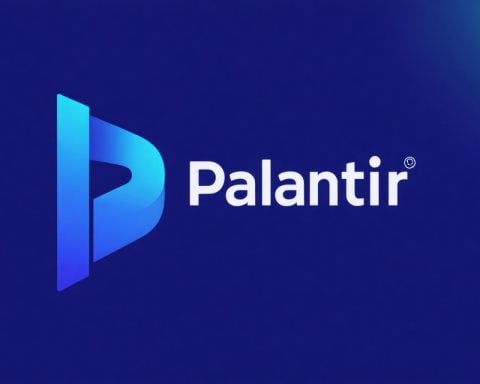The Challenge of Electric Vehicle Batteries in Europe
The quest for Europe to become self-sufficient in electric vehicle battery production continues amidst significant upheaval. Despite Northvolt’s recent financial struggles, the dream remains alive, albeit with a crucial dependence on Chinese investments and expertise. InoBat, a Slovakian startup led by CEO Marian Bocek, has successfully partnered with Gotion, a major Chinese battery maker that acquired a 25% stake in the company, establishing plans for ambitious gigafactories.
Recently, InoBat announced a significant funding boost of €100 million, bringing its total capital raised to over €400 million, a positive indicator for European battery projects in the wake of Northvolt’s decline. Nevertheless, industry insiders suggest the future may lean more towards collaborative ventures than a fully independent European battery manufacturing industry.
With the potential for partnerships exemplified by the recent tie-up between Stellantis and CATL, investors are now prioritizing collaborations that promise reliability and scale. InoBat’s pilot production facility in Slovakia is currently attracting attention from prestigious automakers, eager for high-performance solutions.
As interest in electric vehicles accelerates, the region’s reliance on proven Asian battery manufacturers appears inevitable. The establishment of new facilities and joint ventures, particularly in Slovakia, signifies a critical pivot toward a more sustainable and competitive European battery landscape.
The Future of Electric Vehicle Batteries in Europe: Innovations and Collaborations
The Challenge of Electric Vehicle Batteries in Europe
Europe is navigating significant challenges in its pursuit of self-sufficiency in electric vehicle (EV) battery production. Recent developments highlight the landscape of opportunities and obstacles facing this burgeoning sector, especially in light of investments and partnerships that may shape its future.
Innovations in Battery Technology
Innovation is key to overcoming the hurdles experienced by battery manufacturers. Recent advancements in battery chemistry, such as solid-state batteries and increased energy densities, are being explored by companies like InoBat and established players in the industry. These innovations could lead to lighter, more efficient, and longer-lasting batteries, thus enhancing the performance of EVs.
Trends in Battery Recycling
As attention grows toward sustainability, the recycling of EV batteries has become a prominent focus. Companies are now investing in advanced recycling technologies that can recover valuable materials like lithium, cobalt, and nickel from used batteries. This not only reduces the environmental impact of battery production but also helps in creating a circular economy within the EV sector.
Market Analysis and Future Predictions
Experts predict that the electric vehicle battery market in Europe will witness exponential growth, potentially reaching a valuation of over €250 billion by 2030. Factors influencing this growth include:
– Increased government incentives for EV adoption and infrastructure.
– Technological advancements promoting affordability and reduce the manufacturing costs.
– Stronger partnerships between European startups and established brands globally, especially with players from Asia.
Use Cases and Industry Collaborations
Collaborative efforts between automotive manufacturers and battery suppliers are gaining traction. The partnership between Stellantis and CATL serves as a model for leveraging expertise and resources. Such alliances can streamline production processes, reduce costs, and enhance battery technology available to European automakers, ultimately leading to a more robust EV market.
Security Aspects and Regulatory Compliance
As the European battery industry evolves, compliance with stringent regulations regarding production practices, sustainability, and safety standards becomes increasingly important. Companies must ensure their technologies are not only efficient but also adhere to environmental and safety protocols, which could strengthen the trust consumers have in EVs.
Limitations Facing the Industry
Despite the promising advancements, several limitations persist:
– Dependence on raw materials, primarily sourced from non-European countries, raises concerns about supply chain security and sustainability.
– Financial instability for startups, like Northvolt, which underscores the risks involved in scaling operations without stable funding or market conditions.
Overall, while the path to achieving a self-sufficient EV battery industry in Europe is filled with challenges, ongoing innovations and strategic collaborations are paving the way. The convergence of these efforts is set to establish a competitive, sustainable, and resilient battery manufacturing ecosystem in Europe.
For further insights on electric vehicles and battery technology, visit European Battery Alliance.












